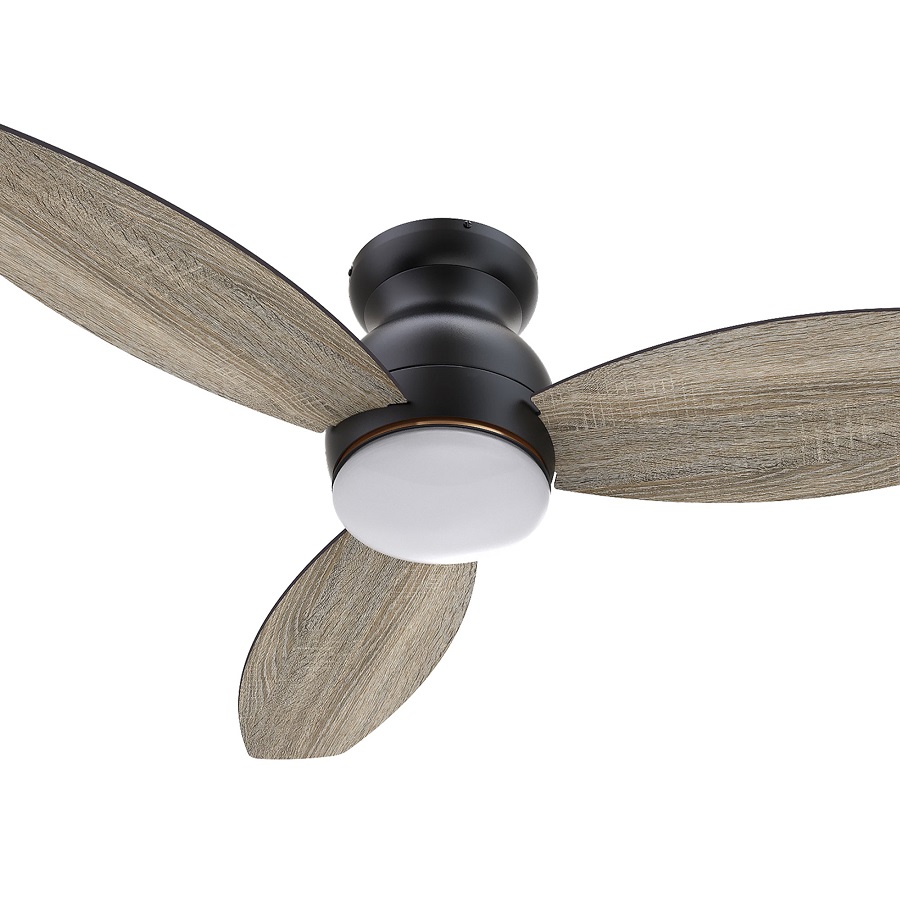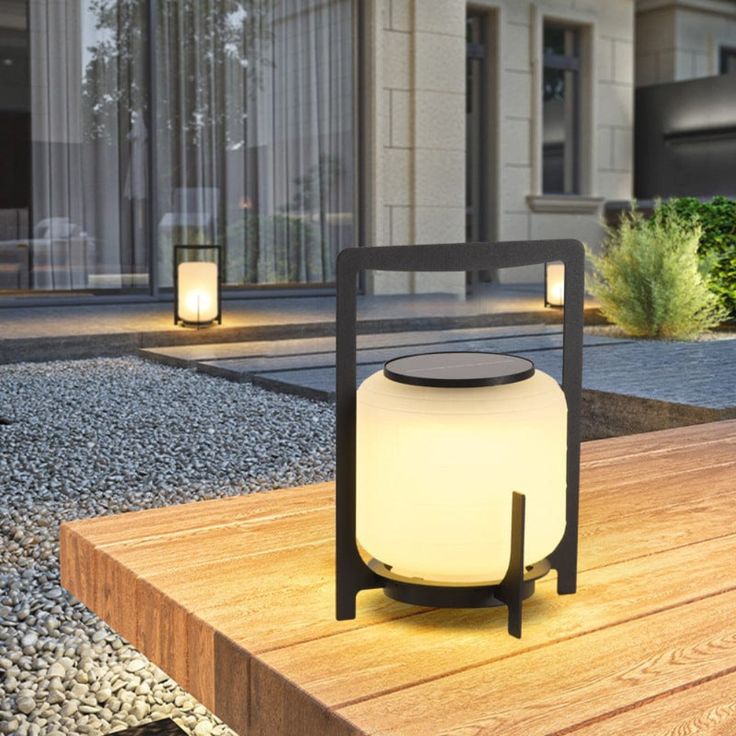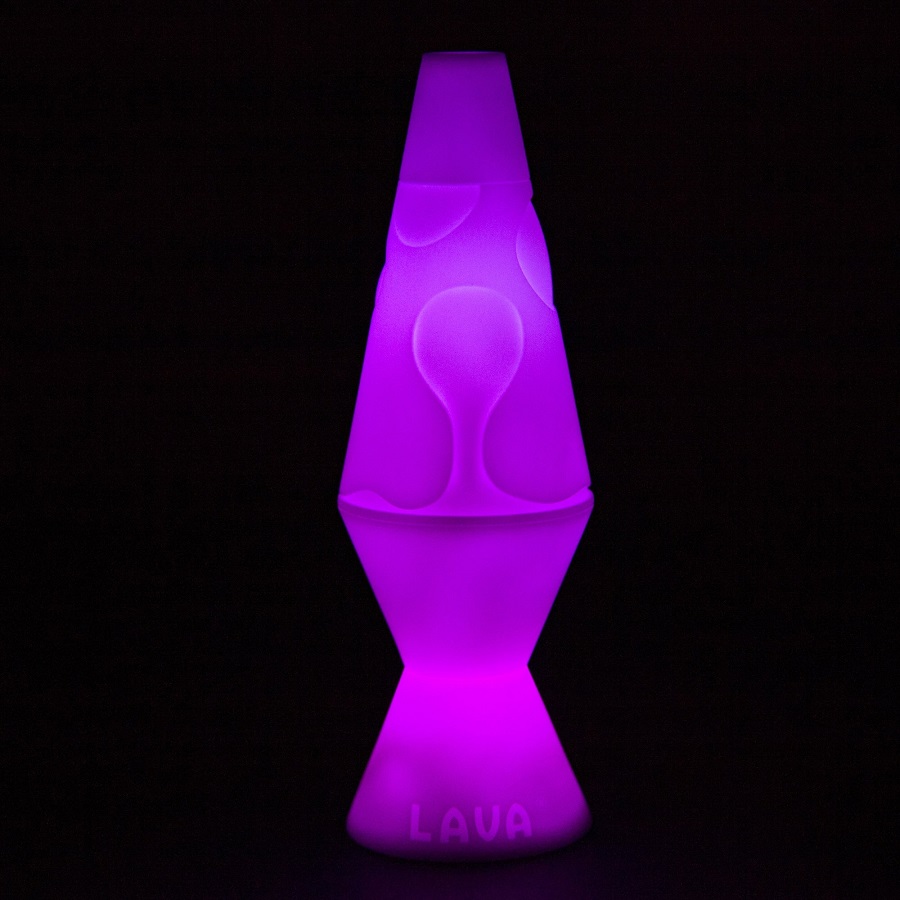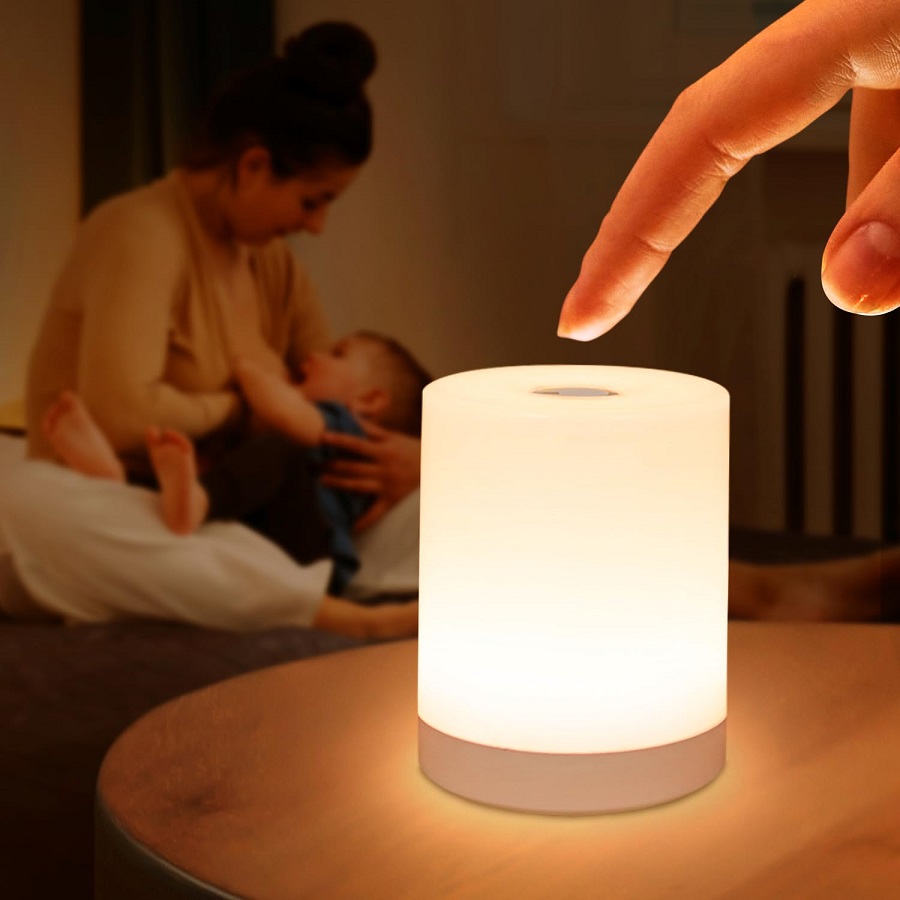Introduction
Ceiling fans are more than just functional appliances; they’re also an essential part of home decor. When paired with the right light covers, they can significantly enhance the aesthetic appeal of your living spaces. Light covers come in a variety of styles, colors, and materials, each lending a unique look and feel to your room. If you’re considering an upgrade or replacement for your ceiling fan’s light covers, understanding your options is essential. This comprehensive guide will walk you through everything you need to know about choosing the perfect light covers for your ceiling fan.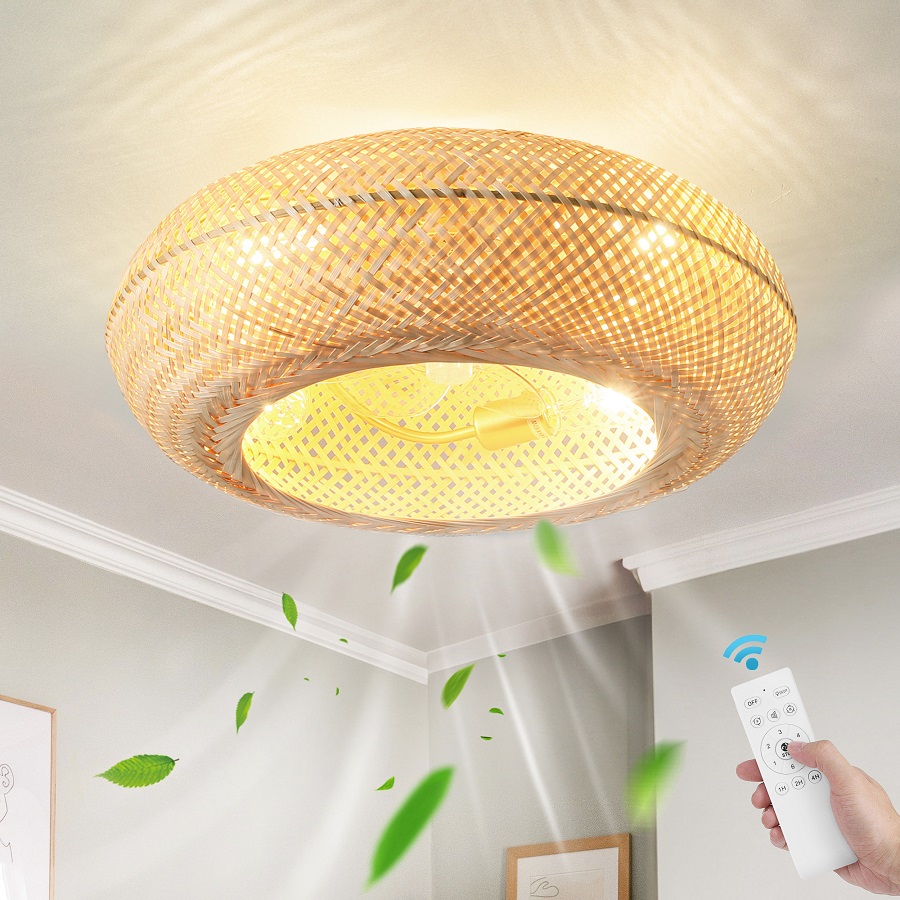
Understanding the Basics of Ceiling Fan Light Covers
What Are Light Covers?
Light covers, often referred to as shades or globes, are protective and decorative elements that enclose the light bulbs in ceiling fans. They serve several purposes:
- Aesthetics: Light covers come in various designs and materials, allowing you to select one that complements your interior style.
- Diffusion: They help diffuse the light coming from the bulbs, creating a softer and more inviting ambiance.
- Protection: They protect the bulbs from dust and damage while containing heat.
Types of Light Covers
Before delving into styles and designs, it’s important to understand the various types of light covers commonly used on ceiling fans:
- Glass Covers:
- Frosted Glass: Provides soft, diffused light, ideal for creating a warm atmosphere.
- Clear Glass: Offers a more modern or minimalist look, allowing maximum light transmission.
- Colored Glass: Can add a pop of color to your decor and can also affect the ambiance of the room.
- Plastic Covers:
- Generally more affordable, plastic light covers are lightweight and come in a variety of finishes and colors.
- They are less likely to shatter than glass but may not provide the same aesthetic appeal.
- Metal Covers:
- Often used in industrial or contemporary designs, metal covers can add a rustic or modern touch.
- They can provide a unique aesthetic but may create a different lighting effect due to their reflective surfaces.
- Fabric Covers:
- Typically found in more decorative or vintage styles, fabric covers can add texture and warmth to a room.
- While not as common, they can be suitable for low-light areas or ambient settings.
Factors to Consider When Choosing Light Covers
When selecting light covers for your ceiling fan, consider the following key factors:
1. Style and Design
Identify the prevailing decor style in your home. Your light covers should complement or enhance this aesthetic. Here are some popular styles to consider:
- Traditional: Opt for ornate glass or vintage-inspired designs.
- Modern: Look for sleek, geometric shapes and metallic finishes.
- Rustic/Farmhouse: Wood or distressed metal finishes can achieve that cozy, country vibe.
- Industrial: Metal cages or bulbs in clear glass for a raw, edgy look.
- Bohemian: Colorful, decorative glass or fabric shades can add an eclectic touch.
2. Size and Scale
The size of the light cover should be proportionate to the ceiling fan itself. A large, bulky fan will require larger light covers, while smaller fans can benefit from more delicate designs. Consider the height of your ceiling as well, as this will impact both visibility and the visual balance of your room.
3. Lighting Needs
Think about the purpose of the room in which the ceiling fan is located. Do you require bright, focused light or soft, ambient lighting? Make sure to choose light covers that align with your lighting needs. For example, if you need bright light for reading or tasks, opt for clear or large glass covers that allow maximum light output.
4. Bulb Compatibility
Not all light covers are compatible with every type of bulb. Ensure that the light cover you choose can accommodate the bulbs you intend to use. Common bulb types include LED, incandescent, fluorescent, and halogen. Many modern covers are designed to be compatible with energy-saving LED bulbs.
5. Maintenance and Cleaning
Certain materials are easier to maintain than others. Glass covers may require regular cleaning to stay spotless, while some plastic and fabric covers might be more forgiving. Always check the manufacturer’s recommendations for cleaning and maintenance to ensure you keep your covers looking their best.
6. Installation and Compatibility
Before purchasing new light covers, confirm their compatibility with your ceiling fan model. Ensure that you can easily install them yourself or that they come with the appropriate hardware. Some covers may require specific mounting types, so it’s vital to get this right during the selection process.
Style Inspirations for Ceiling Fan Light Covers
To inspire your selection process, here are a few design ideas showcasing how light covers can enhance various room styles:
1. Coastal Chic
In coastal-themed spaces, opt for light covers in soft, frosted glass or light-blue hues that mimic ocean waves. Your ceiling fan can evoke a breezy, relaxed feel, making it perfect for beach houses or nautical-themed rooms.
2. Mid-Century Modern
For a mid-century modern aesthetic, choose light covers with clean lines and geometric shapes. Consider brass or warm wood finishes that resonate with the era’s characteristic warmth and style.
3. Rustic Elegance
In a rustic or cabin-style home, choose glass covers with a slightly tinted finish, perhaps in amber or olive hues, or opt for rustic wooden shades. Integrating natural elements or earthy tones can add a cozy touch.
4. Contemporary Minimalism
For a contemporary look, select sleek, minimalistic covers made from clear glass or white-colored materials. The simplicity will allow the fan and light to blend seamlessly into a modern setting.
5. Vintage Glamour
In vintage or glam spaces, choose ornate, etched glass covers or metallic shades with an antique finish. Adding these can create a sophisticated, timeless look perfect for formal living areas.
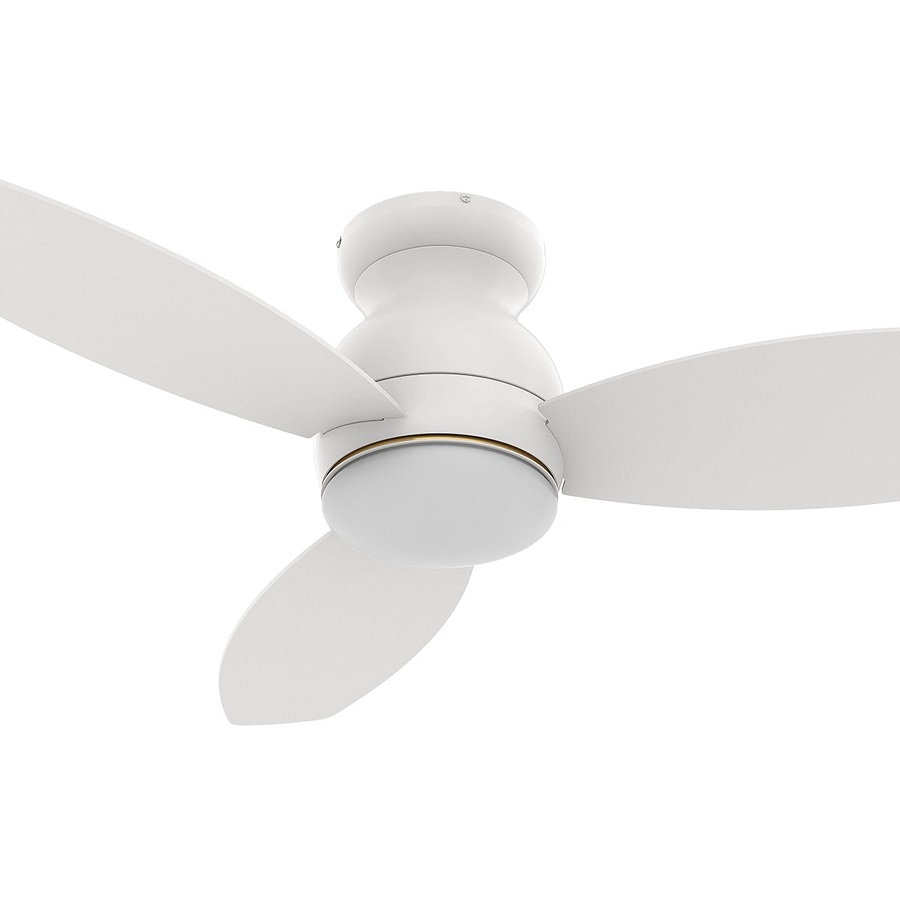
Understanding the Basics
Before diving into DIY solutions, it’s essential to understand the different types of light covers typically found on ceiling fans. Most light kits comprise glass shades, bowls, or even exposed bulbs. The design often influences how light is diffused throughout the space, creating varying effects from soft and warm to bright and clinical.
Safety First
When working with electrical fixtures, ensure you always prioritize safety. Turn off the power to the ceiling fan at the circuit breaker beforehand, and allow any bulbs to cool down if they’ve been recently used. If you’re not comfortable working with electrical components, consult with or hire a professional.
DIY Light Cover Solutions
Natural Material Shades
For a cozy, rustic vibe, consider creating shades from natural materials such as bamboo, cork, or wood. Here’s how to create a simple bamboo shade:
- Materials Needed: Bamboo skewers, a soft wooden base (like a round piece cut from a craft store), twine, scissors, and strong adhesive.
- Instructions:
- Cut the bamboo skewers to your desired length, ensuring they can form a circular shape around the base.
- Arrange the skewers vertically around the wooden base and secure them with adhesive.
- Use twine to wrap around the base for added decoration, then attach this assembly to the existing light fixture.
Painted Glass Shades
A quick and cost-effective solution is to update existing glass shades with glass paint. This allows you to customize colors to match your décor effortlessly.
- Materials Needed: Glass paint or spray paint, cleaner, painter’s tape, and a brush (if using paint).
- Instructions:
- Begin by cleaning the glass shades thoroughly. Ensure no dust or residue remains.
- Apply painter’s tape to any areas where you don’t want paint.
- Use glass paint or spray paint to apply your desired color. For a more complex look, try using a sponge to dab on different colors for a marbled effect.
- Allow the paint to dry completely before reattaching the shades to the fan.
Fabric Wraps
Adding fabric can soften the light and introduce patterns and textures into the room. This technique is perfect for more whimsical themes.
- Materials Needed: Thick fabric, scissors, glue gun, and a light bulb cover or shade to attach fabric to.
- Instructions:
- Cut the fabric to cover the shade, ensuring it drapes elegantly and allows light to diffuse nicely.
- Carefully attach the fabric with the glue gun, folding edges neatly to avoid fraying.
- You can also add embellishments such as lace or pom-poms around the edges for extra charm.
Lampshade Conversion
Turn your ceiling fan light into a stylish pendant with a DIY lampshade. This solution is excellent for a more contemporary look.
- Materials Needed: A decorative lampshade in a desired style, a pendant light conversion kit, and light bulbs.
- Instructions:
- Remove the existing light fixture.
- Install the pendant light conversion kit according to the instructions.
- Fix the lampshade to the kit and replace the bulbs with energy-efficient LED options that fit well within the shade.
Plastic Bottle Shades
Upcycling is a fantastic way to create unique and budget-friendly light covers. Plastic bottles can be transformed into chic light shades.
- Materials Needed: Clear plastic bottles (the shape can vary), scissors, twine, and LED bulbs.
- Instructions:
- Cut the bottom and top of each bottle, leaving a cylindrical piece that can be fitted over a bulb or attached to a fixture.
- Depending on the design, you can use multiple bottles stuck together or create layers for visual interest.
- Secure the bottle shade to the ceiling fan with twine, or adhere it directly to the fixture.
Paper Lanterns
Paper lanterns are ideal for casual spaces and can create a playful atmosphere. They come in various colors and sizes and can easily be made from craft paper.
- Materials Needed: Colored craft paper, scissors, glue, string lights, and a wire frame or circular base.
- Instructions:
- Cut the craft paper into desired patterns or shapes to attach to a wire frame or circular base.
- Construct the lantern by gluing the paper onto the base or frame.
- Integrate small string lights inside for a whimsical glow or hang the lantern directly over the light fixture.
Tips for Successful DIY Projects
- Match Your Decor: Always consider the existing decor and color palette of your room. Aim for cohesive styling.
- Experiment with Textures: Different materials not only impact the visual appeal but can affect how light is diffused in the space.
- DIY Lighting Installation: If you’re replacing or modifying electrical components, ensure that everything is properly functional and secure before restoring power.
- Test Your Design: Before finalizing any design, do a quick trial setup to see how it looks in the room. Adjust as necessary.
- Involve the Family: DIY projects are often more enjoyable when shared with family. Involve children or partners for added creativity and fun!
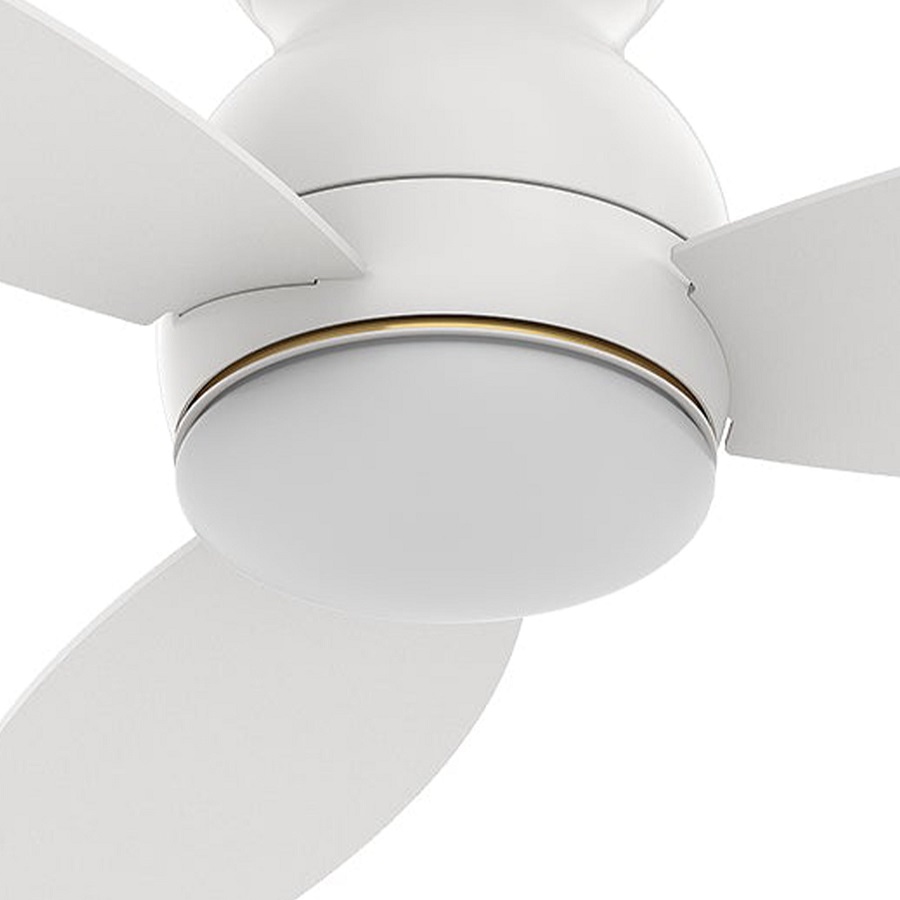
Conclusion
Choosing the perfect light covers for your ceiling fan can dramatically transform your space, offering both functionality and style. By considering your room’s decor, lighting needs, and personal preferences, you can select light covers that enhance your living experience. Whether you opt for classic glass, playful plastic, or unique fabric options, the right choice can breathe new life into your ceiling fan while reflecting your personal style.
When in doubt, don’t hesitate to experiment with different materials, styles, and colors until you find the perfect match for your ceiling fan and your home. Happy decorating!
